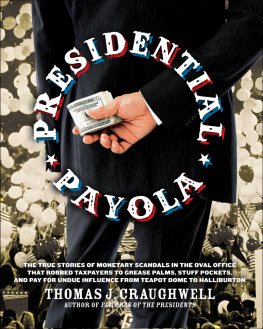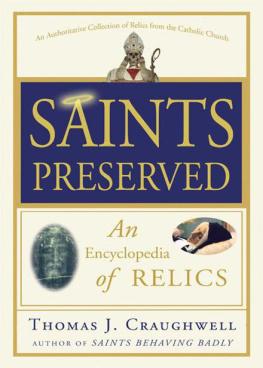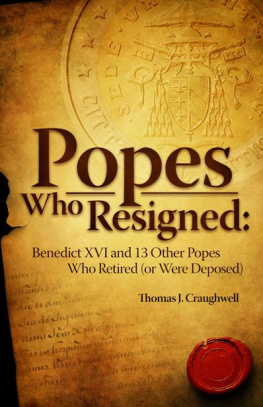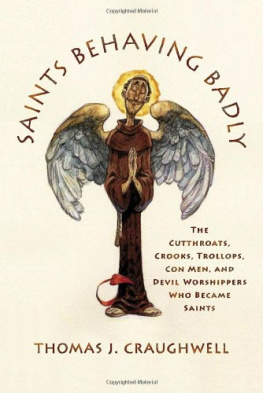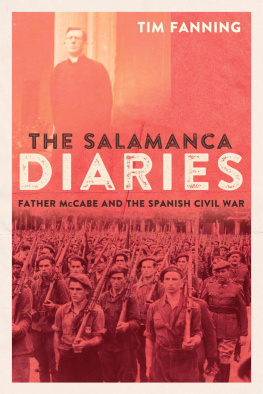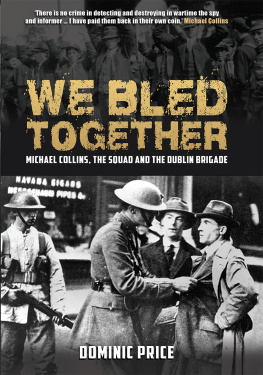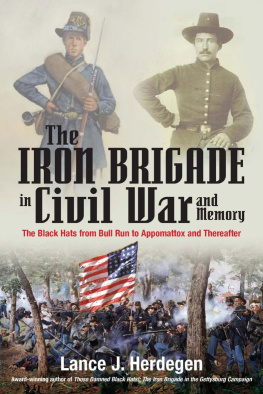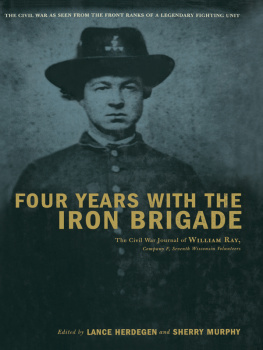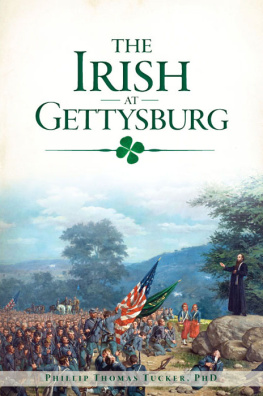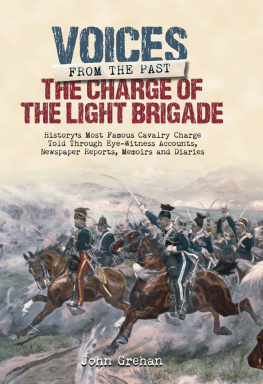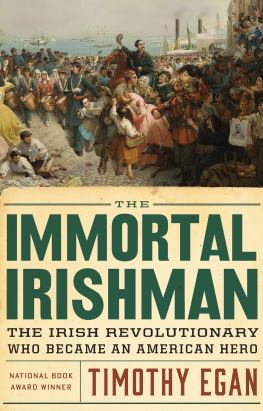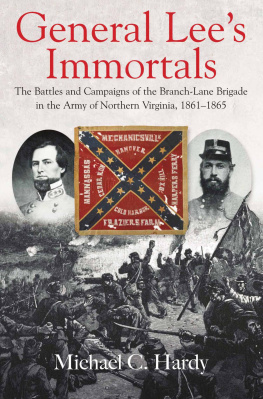Thomas J. Craughwell - The Greatest Brigade: How the Irish Brigade Cleared the Way to Victory in the American Civil War
Here you can read online Thomas J. Craughwell - The Greatest Brigade: How the Irish Brigade Cleared the Way to Victory in the American Civil War full text of the book (entire story) in english for free. Download pdf and epub, get meaning, cover and reviews about this ebook. year: 2011, publisher: Fair Winds Press, genre: Detective and thriller. Description of the work, (preface) as well as reviews are available. Best literature library LitArk.com created for fans of good reading and offers a wide selection of genres:
Romance novel
Science fiction
Adventure
Detective
Science
History
Home and family
Prose
Art
Politics
Computer
Non-fiction
Religion
Business
Children
Humor
Choose a favorite category and find really read worthwhile books. Enjoy immersion in the world of imagination, feel the emotions of the characters or learn something new for yourself, make an fascinating discovery.

- Book:The Greatest Brigade: How the Irish Brigade Cleared the Way to Victory in the American Civil War
- Author:
- Publisher:Fair Winds Press
- Genre:
- Year:2011
- Rating:4 / 5
- Favourites:Add to favourites
- Your mark:
The Greatest Brigade: How the Irish Brigade Cleared the Way to Victory in the American Civil War: summary, description and annotation
We offer to read an annotation, description, summary or preface (depends on what the author of the book "The Greatest Brigade: How the Irish Brigade Cleared the Way to Victory in the American Civil War" wrote himself). If you haven't found the necessary information about the book — write in the comments, we will try to find it.
The Greatest Brigade is an exciting journey through the major battles of the Civil War alongside the members of the famed Irish Brigade. Well researched, compellingly written, filled with fascinating illustrations, and with a story that holds the reader with a bulldog grip, Thomas Craughwell has written a regimental history that deserves to be on every Civil War lovers bookshelf.Jason Emerson, author of The Madness of Mary Lincoln and Lincoln the Inventor
Lavishly illustrated and bursting with excitement, The Greatest Brigade is a vivid account, populated by larger-than-life characters. Its a story of heroism and gallantry that every Civil War buff will want to know.History Book Club
Faugh a Ballagh! Clear the Way!
This is the story of a band of heroes that covered the Yankee retreat at Bull Run, drove the Confederates from the Sunken Road at Antietam, and made charge after charge up Maryes Heights at Fredericksburg. The gallantry of the Irish Brigade won them the admiration of the high command of both North and South, earned them seven Medals of Honor, and after the war, went a long way to helping the Irish assimilate into the American mainstream.
Shouting their Gaelic battle cry, the men of the Irish Brigade charged across the bloodiest battlefields of the Civil War and into the realm of legend. The Greatest Brigade is a grand narrative history of these Irishmen who fought in every major battle in the Eastern Theater of the Civil War, including Bull Run, Antietam, Fredericksburg, Gettysburg, the Wilderness, and Appomattox.
Thomas J. Craughwell, author Stealing Lincolns Body and The Buck Stops Here: The 28 Toughest Presidential Decisions and How They Changed History, reveals the reasons why thousands of Irish Catholicsthe most despised immigrant group in America at the timerallied to the Union cause and proved themselves to be among the most ferocious fighters of the war. He examines the character of the Irish Brigades two most popular commanders, Michael Corcoran, a man of unshakable principles, and Thomas Francis Meagher, a complex man with many fine qualitiesand almost as many flaws.
Thomas J. Craughwell: author's other books
Who wrote The Greatest Brigade: How the Irish Brigade Cleared the Way to Victory in the American Civil War? Find out the surname, the name of the author of the book and a list of all author's works by series.

